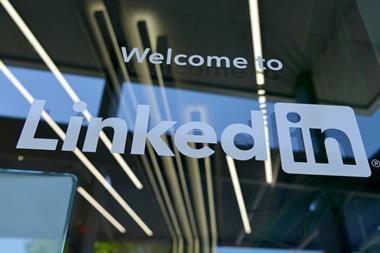
Key performance indicators are thought to originate from Andrew Grove, the CEO of Intel during the 1970s. Nowadays, KPIs are as part of the office furniture as fighting with your inbox. While everyone has heard of them, people’s understanding is still vague, at best.
They know what the three letters stand for, sure, but often the tool is as about as useful as an ashtray on a motorbike.
There are two main problems. The first is that we make them woollier than a mammoth and the second is that we write to-dos, rather than targets & measures.
Let’s introduce a second forward thinker, to deal with the woolliness. Dr Edwin Locke, who in 1968 wrote the article ‘Toward a theory of task motivation and incentives’. To you and I, this is the SMART acronym (specific, measurable, achievable, relevant, and time-bound). Another very effective tool, used badly. Take any KPI in any company around the world and see if it gets a tick against each letter. Most get 3.5, at best.
The true test of a KPI is when your team member comes to discuss performance – in an annual appraisal, or a regular one-to-one – they should know whether they are achieving their KPIs before they walk through the door. This isn’t subjective – it’s black and white.
The second problem with KPIs is that we use the opportunity to share an extensive wishlist of stuff we want to get done. These are not KPIs. When I was a ready meals buyer I visited a factory that had received a huge amount of customer complaints. Walking around, I believed I’d nailed it. “Put Bob over there to check that and complaints will go down,” I said.
It didn’t work. The supplier then told me “well, we did what you said”. I had mistakenly taken the responsibility for the how. This gave the supplier the right to push back. I should have reiterated the customer complaints target and its importance, not try to direct the expert on how to solve it. The how. Good KPIs follow these rules:
- Be SMART.
- Have up to seven only: we should be able to remember and be motivated by them.
- Measure performance. Not the input, but the output. Think Usain Bolt’s KPI – achieve 9.3 seconds (output), not eat a certain amount each day, run each day, etc – these are the inputs.



















No comments yet